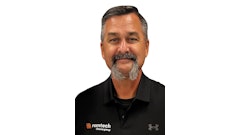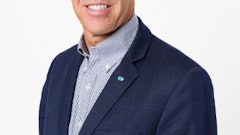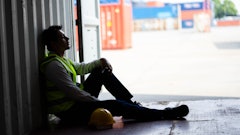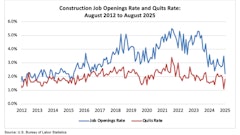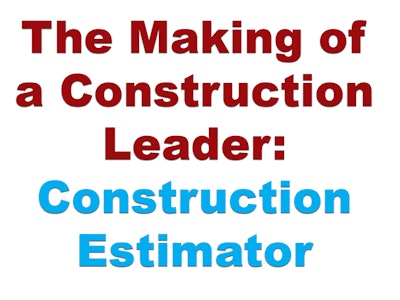
You think finding a good superintendent or project manager is hard, have you tried recruiting an estimator lately? How about a senior estimator? “Forget about it!” Yikes, this can be one of the most difficult recruiting objectives any construction company can undertake.
Why is finding an estimator so difficult today?
Part of the challenge lies in the fact that an estimator must have an understanding of numbers: both the numbers of measurement (i.e. quantities) and numbers of value (i.e. dollars). While you might be able to find an individual who is good with calculating dollars, she might lack construction knowledge of doing proper take-offs and constructability processes in general. Or, you might find an individual who is quite knowledgeable about construction processes, productivity rates, volumes, etc., but who does not yet understand the financial side of worth.
As most contractors are realizing, with the aging workforce quickly edging toward retirement, the “replacements” often lack either a healthy and strong construction background or have done little to no actual estimating. Either situation is of little comfort to contractors in the short term, but this situation can be improved.
In this article we’ll address what you should be looking for in a future estimator. Part two of this article we’ll work through steps you can take to “Make a Construction Estimator”, and we’ll look at how your company can take advantage of your veteran estimators, while you still have them.
The future estimator
Without a doubt, future estimators will be more “techie” than ever. With the explosion of estimating software packages, all claiming to be THE end all to every estimating challenge, future estimators will need to be well versed on many of the options available.
Looking into the future the explosion of the use of building information modeling (BIM) is going to impact estimating. When and how that will happen is only beginning to come to light. The more technology begins to replace some of the hand work that estimators do today the more careful you need to be to ensure a thorough understanding of the project that usually comes from “digging into the documents.”
However, it’s not in only learning the new software techniques that is key, in many cases, estimators will need to know how to tailor such estimating “shelf products” to the needs of their company. There are, in fact, a great many packages available to construction estimators, but many are far from being “pencil ready.” Many software reps will quietly admit that you will need to tailor their program to best fit to a contractor’s specialty of construction.
So, what are other needs of future estimators? Consider that:
Future Estimators will…
- Need more hands-on experience with construction to build their base of perspective.
- Need fundamentals of construction math, blue print reading, etc.
- Need to know how to read and interpret specifications.
- Need to clearly understand estimating strategies associated with their company’s work, i.e. Hard Bid, Negotiated, Design Build, CM, CM at Risk etc.
- Need to understand mark-up values for type of work bid; where the work will be performed; what the current market will bear, etc.
- Need to recognize at what productivity rates their work crews are performing and make the needed adjustments accordingly.
- Need greater “post job analysis” that accurately assesses estimated costs (budget) against actual costs incurred.
- Need an investigative-like interest in uncovering what competitors are bidding, what it will take to win a project, what are bid opportunities that company should “walk away from.”
- Need relational skills to maintain positive contact with other contractors, vendors, manufacturers etc. to ensure most accurate and current costs.
Admittedly, many current and more senior estimators should be performing most of the items just listed. Many of today’s experienced estimators have spent their time in the field as a project manager, foreman, superintendent or all three positions at one time or another. The challenge for the next five to 10 years? Many future estimators will not have learned construction this way.
What any contractor wants to avoid is “formula-driven” estimating. While estimating the number of blocks to be placed, the cubic yards of concrete to be formed, poured, and finished, or the amount of linear feet of piping that needs to be installed, there is no one formula that will fit all sizes and applications.
As most construction leaders will confess, estimating is not something that you can just get a college degree in and have it all figured out. Estimating is as much “art” as it is science. It’s the “art,” however, that takes the extra time spent just getting to know construction, or at least the portion of construction that the estimator will be working.
Now that we know what we need in a future construction estimator, keep an eye out for part two of this article where I’ll tell you how to “make” your own estimator – and how you can use your veteran estimators to help train the up-and-comers.
P.S. A special thanks to a few of the best estimators I know who helped contribute and review this article. They are working hard to build great estimators now and in the future!









